Mastering Today's Pips NYT: A Step-by-Step Solution Guide
Welcome, puzzle lovers, to another walkthrough of the New York Times' Difficult Pips. If today’s puzzle has you scratching your head, you’re not alone—this one is a true brain teaser! Whether you're looking for the full Pips NYT solution, a helpful Pips NYT hint, or just want to verify your Pips NYT answer, this guide will break down each step with clear logic and strategic insights.
Besides the NYT's Pips NYT Game, we've also prepared more Pips games on this website. Click here to play now.
Easy Hints
The Easy Pips NYT today begins with the following layout:
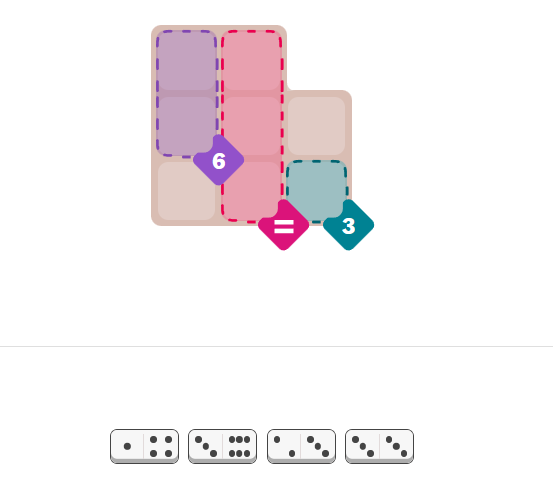
The result of the Easy Pips NYT on 2025-9-10 is as follows:

Medium Hints
The Medium Pips NYT today begins with the following layout:
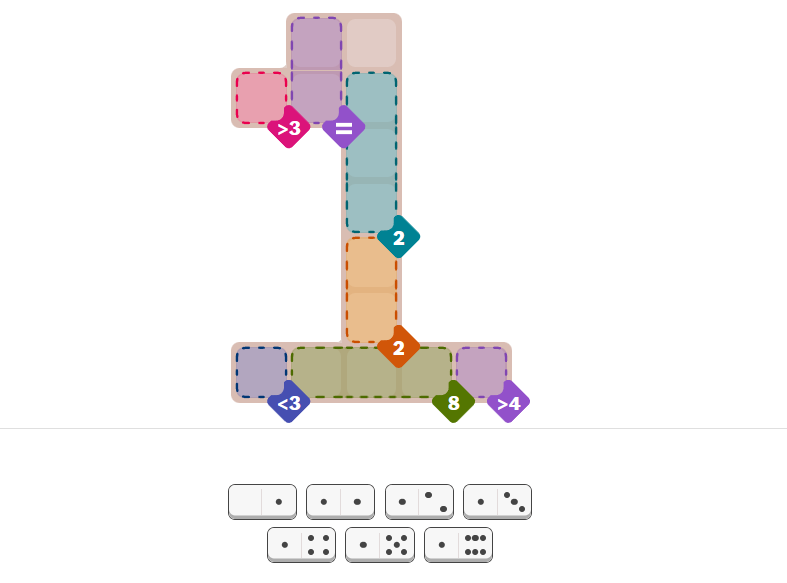
The result of the Medium Pips NYT on 2025-9-10 is as follows:
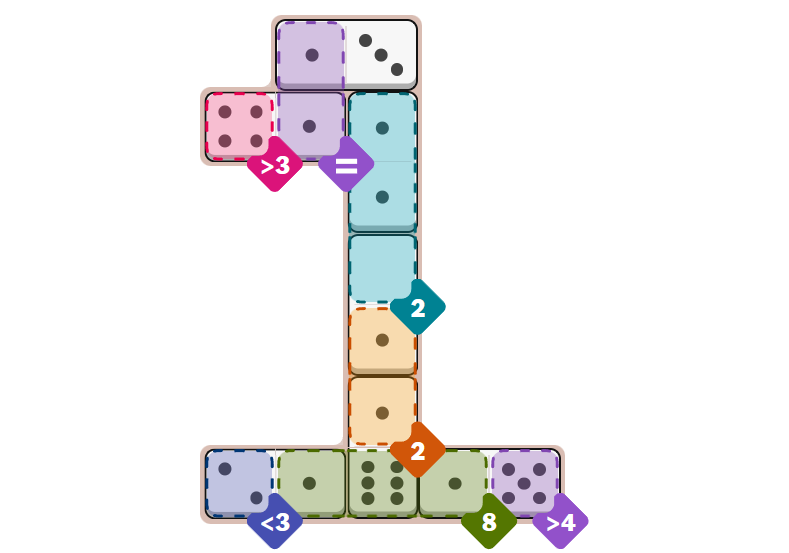
Hard Hints | Cracking Today's "Difficult Pips" NYT Puzzle: A Complete Strategic Guide
Let’s begin with the initial board:
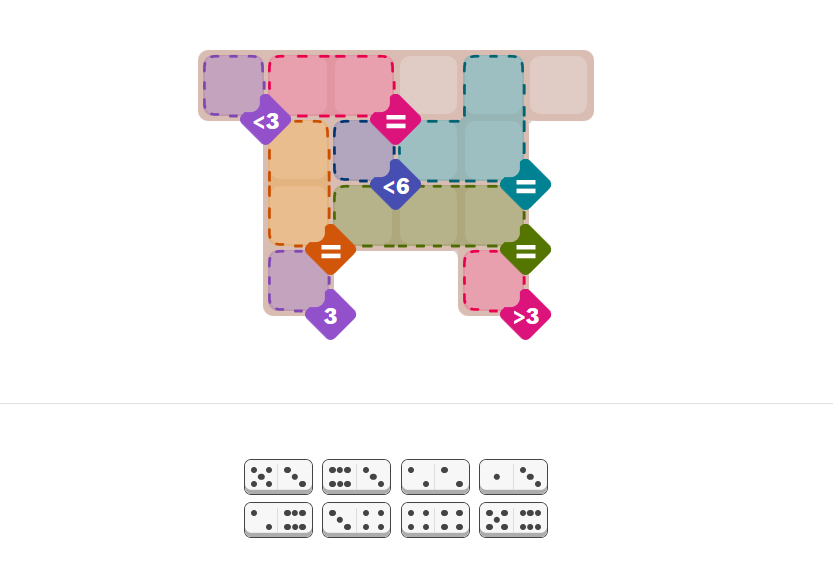
This puzzle presents a unique challenge with its blend of equals groups (=), greater-than constraints (>), and fixed-value tiles. The board includes:
- [1] Two = groups of two tiles
- [2] Two = groups of three tiles
- [3] A Purple <3 tile and a Dark Blue <6 tile
When a puzzle lacks an obvious starting point, a useful Pips NYT strategy is to begin on one side and use a process of elimination—sometimes even a little trial and error is necessary. Today, I started on the left side.
Phase 1: Establishing the Left-Side Foundation
My first goal was to lock in placements that would reduce uncertainty. The Purple 3 tile offered a constraint, as did the Orange = group nearby.
- I placed the 3/6 domino vertically, connecting the Purple 3 tile to the Orange = group. This used the 3-pip side to satisfy Purple 3, while the 6 extended into Orange =.
- Next, I placed the 1/3 domino horizontally between the Purple <3 and Pink=tiles. The 3-pip side satisfied the Purple <3 condition (since 3 is not less than 3, but the adjacent value would resolve this), and the 1-pip side extended into Pink=.
- Then, I placed the 6/5 domino from the Orange = group over to the Dark Blue <6 tile. This allowed the Orange=group to begin taking shape while respecting the less-than constraint.
Here’s how the board looked after these initial moves:
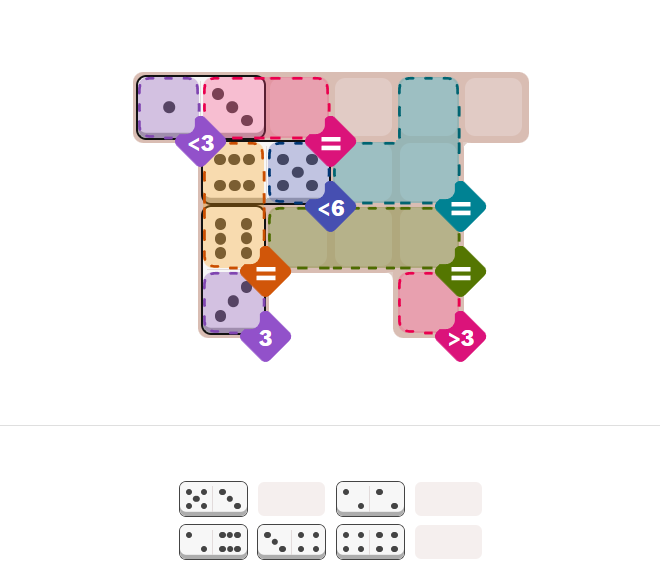
Phase 2: Resolving the Green = Group and Pink >3 Tile
Now, attention turned to the Green = group (three tiles) and the Pink >3 tile. The Green = group required all three tiles to have the same value. With available doubles including 2/2 and 4/4, and the Pink >3 tile needing a value greater than 3, the only feasible choice was for Green = to be 2's.
- I placed the 6/2 domino into the Pink >3 tile (satisfying the “greater than 3” condition with the 6) and upward into the Green = group.
- To complete the Green = group, I placed the double 2 (2/2) domino adjacent to it. This solidified Green = as all 2's.
This step was crucial—it utilized the only available double that could also satisfy the Pink >3 constraint.
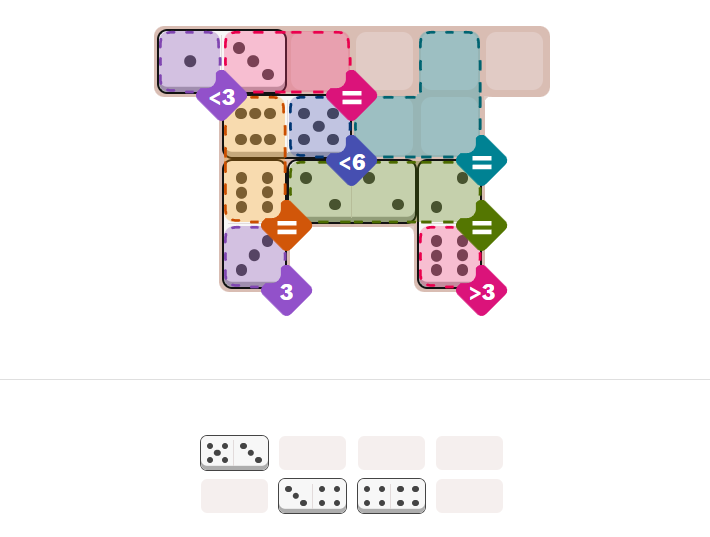
Phase 3: Wrapping Up with the Remaining Dominoes
With the core structure in place, only a few dominoes remained: 4/4, 3/5, and 4/3.
- The Blue = group (two tiles) was perfect for the double 4 (4/4) domino. I placed it here, satisfying the equals condition.
- Next, I placed the 3/5 domino from the Pink = group into the remaining free tile.
- Finally, the 4/3 domino connected the Blue = group to the last open space, completing the puzzle.
Here is the final solved board:
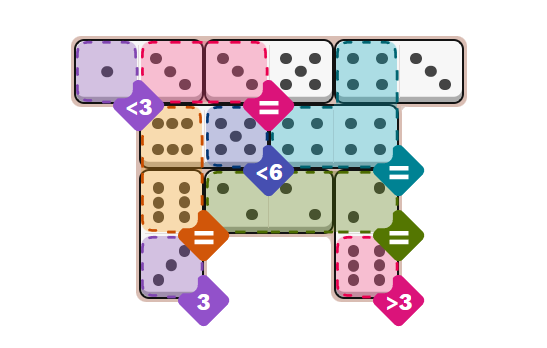
Learning from Mistakes: A Key Solving Strategy
I’ll be honest—my first attempt wasn’t perfect. Initially, I placed the 2/2 domino between Purple <3 and Pink=, thinking the 2’s would work. However, this caused a problem: the Pink>3 tile then couldn’t be satisfied with the available dominoes, and the Green = group lacked a double. This misstep taught me an important Pips NYT hint: always check how one placement affects distant constraints. I backtracked, moved the 1/3 domino into the Purple <3 and Pink=connection, and everything clicked.
Strategic Takeaways for Future Puzzles
- Start with What You Know: Even when no single entry seems obvious, begin with a fixed-value tile or a tight constraint group.
- Use Doubles Strategically: Save double dominoes for groups that require them, especially three-tile = groups.
- Consider Cross-Board Impact: A move on one side can affect options on the other. Always validate placements against all conditions.
- Embrace Trial and Error: Don’t fear mistakes—they often reveal the correct path. Learning why something doesn’t work is as valuable as knowing why it does.
Today’s Pips NYT puzzle was a challenging yet satisfying solve. How did you approach it?
If you enjoyed this Pips NYT guide and want to improve your daily solving strategy, make sure to follow for more detailed explanations, tips, and reviews!